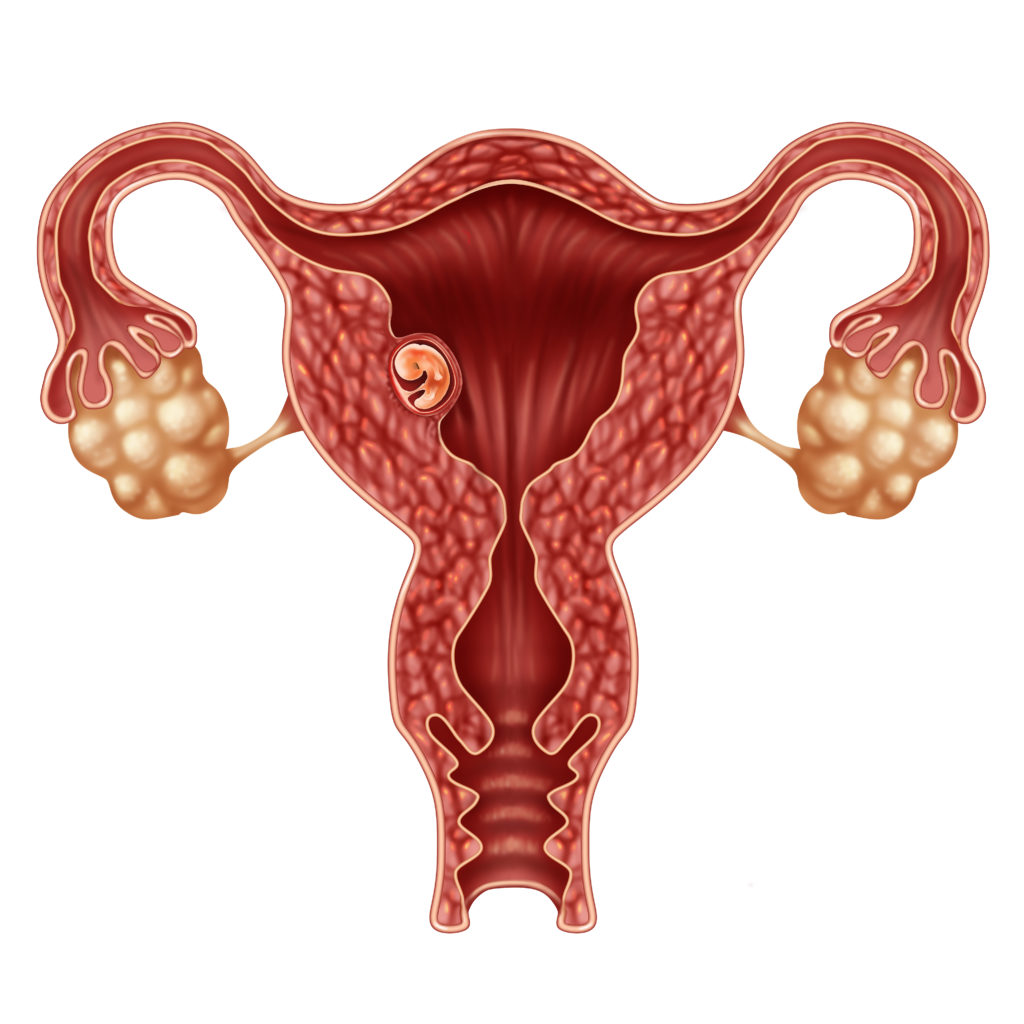Ways to wishing child
ERA-test: A new method to increase the chances of implantation
An important aspect of implantation is the receptiveness of the endometrium (uterine wall) at the time of transfer. The embryo can only implant itself into the uterine wall within a certain period, normally between the 19th and 21st cycle day (i.e. 5-7 days after ovulation).
This period is referred to as the “implantation window”.About 25% of all patients who experience repeated implantation failure have a so-called delayed implantation window. This implantation window can be diagnosed using the Endometrial Receptivity Array (ERA). As a result it is possible to perform the embryo transfer in the optimal timeframe and thereby increase the chances of a successful in vitro fertilisation procedure.
In order to perform the ERA diagnosis, a small tissue sample of the uterine wall is removed using a thin catheter at the time of the scheduled embryo transfer.
ERA – test results
If the endometrium is ‘receptive‘, this means that the embryo is capable of implantation at this point in time. The embryo can then be transferred in the following cycle at the same time point. If the endometrium is ‘not receptive’, this means that the implantation window is delayed. In this case a new, personalised implantation window is suggested that is again examined using ERA. Once the appropriate implantation window has been determined, the embryo has optimal chances to implant itself in the following cycle.

